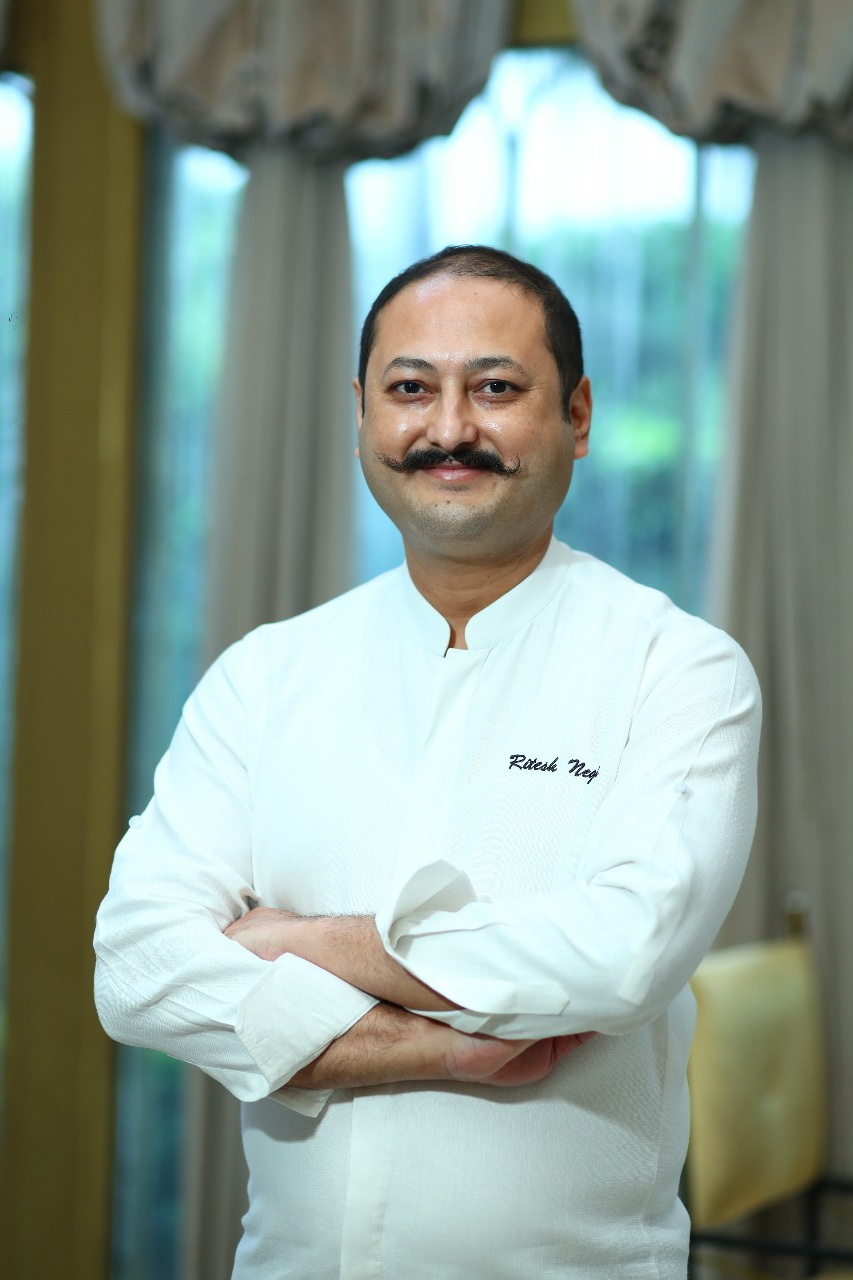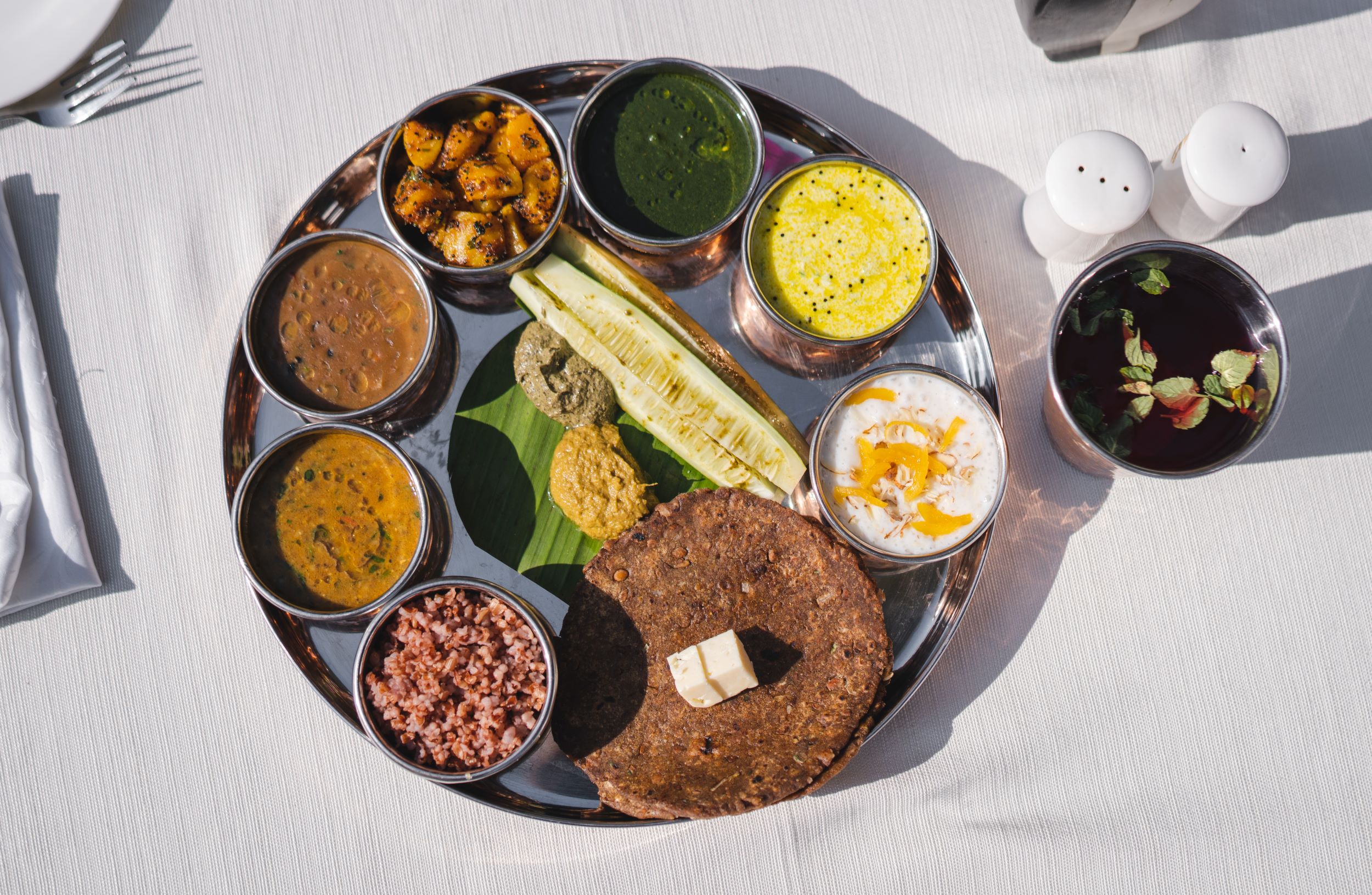Chef Ritesh Negi, culinary group director of Claridges Collections, tells us about a meal named the Devbhoomi thali and why he thinks it’s worth the trip to Mussoorie.

Devbhoomi Thali
“Most people know that Uttarakhand is broadly divided into two regions, Garhwal and Kumaon. But not everyone knows that the state is also known as Devbhoomi, or ‘land of the gods’, because it is considered home to countless ancient myths and sacred spots.
The cuisine of these regions is often organic, as a result of Uttarakhand’s deeply rooted culinary and farming traditions. It is also known to be highly nutritious to meet the requirements of living in a cold, hilly terrain.
Once you eat the local food of a place, you gain extensive knowledge about the people and their traditions. If there’s one thing I recommend eating in Uttarakhand, it’s the Devbhoomi thali. Naturally following the farm-to-table approach, the Devbhoomi thali is crafted with locally grown and sourced ingredients and is focused on simplicity and nutritional richness. The dishes in this pahadi thali are age-old and have been cooked and savoured for generations.
Additionally, Devbhoomi food promotes optimal eating practices. This includes:
- incorporating seasonal vegetables
- refraining from heavy lentils (protein) during dinner
- favouring millet roti over traditional grains
- choosing red rice over white rice
- opting for jaggery instead of sugar

The Devbhoomi thali is available at eateries all over the region. At our hotel, The Claridges Nabha Residence, it is prepared by professional chefs who have grown up making and eating the local food. I call this ‘the alignment of two worlds’. Locally grown millets, lentils, and vegetables infused with foraged herbs and spices like nettle leaves and fiddlehead ferns all make up Nabha’s thali.
Some things are typical of a Devbhoomi thali. A paratha made of gehat dal and mandua flour is served with til chutney. Pahadi raita made with local cucumber is seasoned with jakhiya and fresh turmeric. There is also jhangora kheer, a popular regional sweet dish made with barnyard millets, chainsoo (local dal tempered with jakhiya), and kandali saag (stinging nettle). Red rice replaces white rice – a grain locals love, one that grows abundantly in the region.

Get more details about Nabha Residence here.
